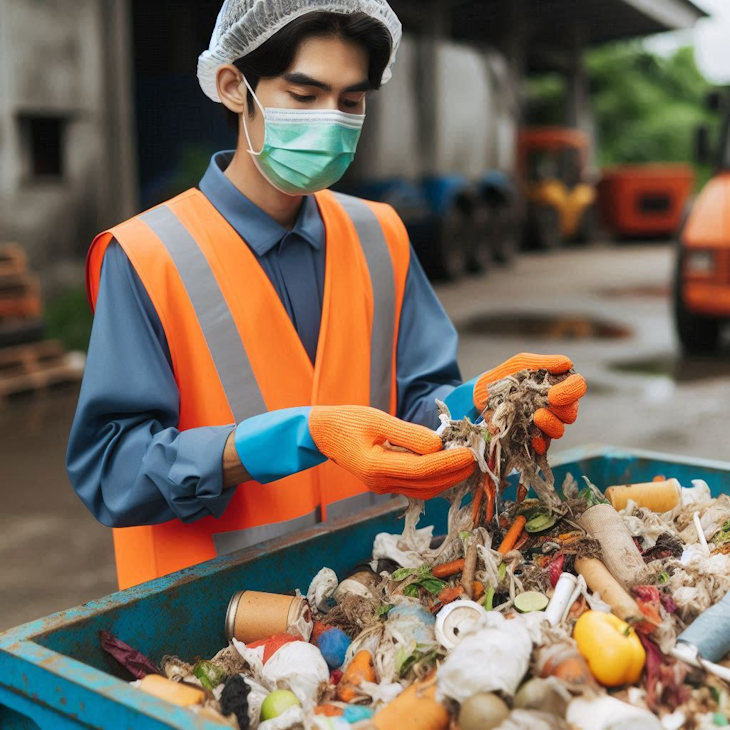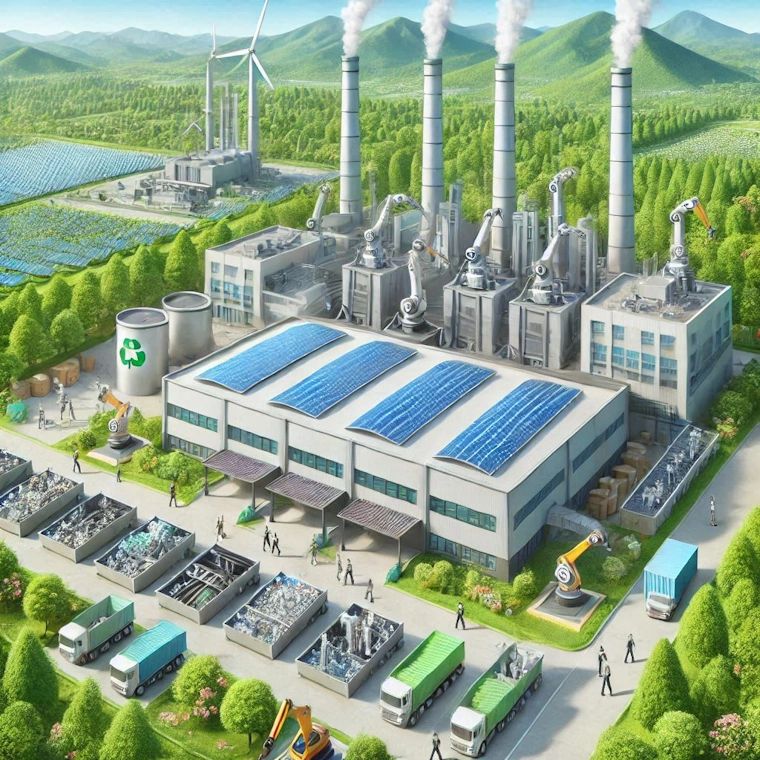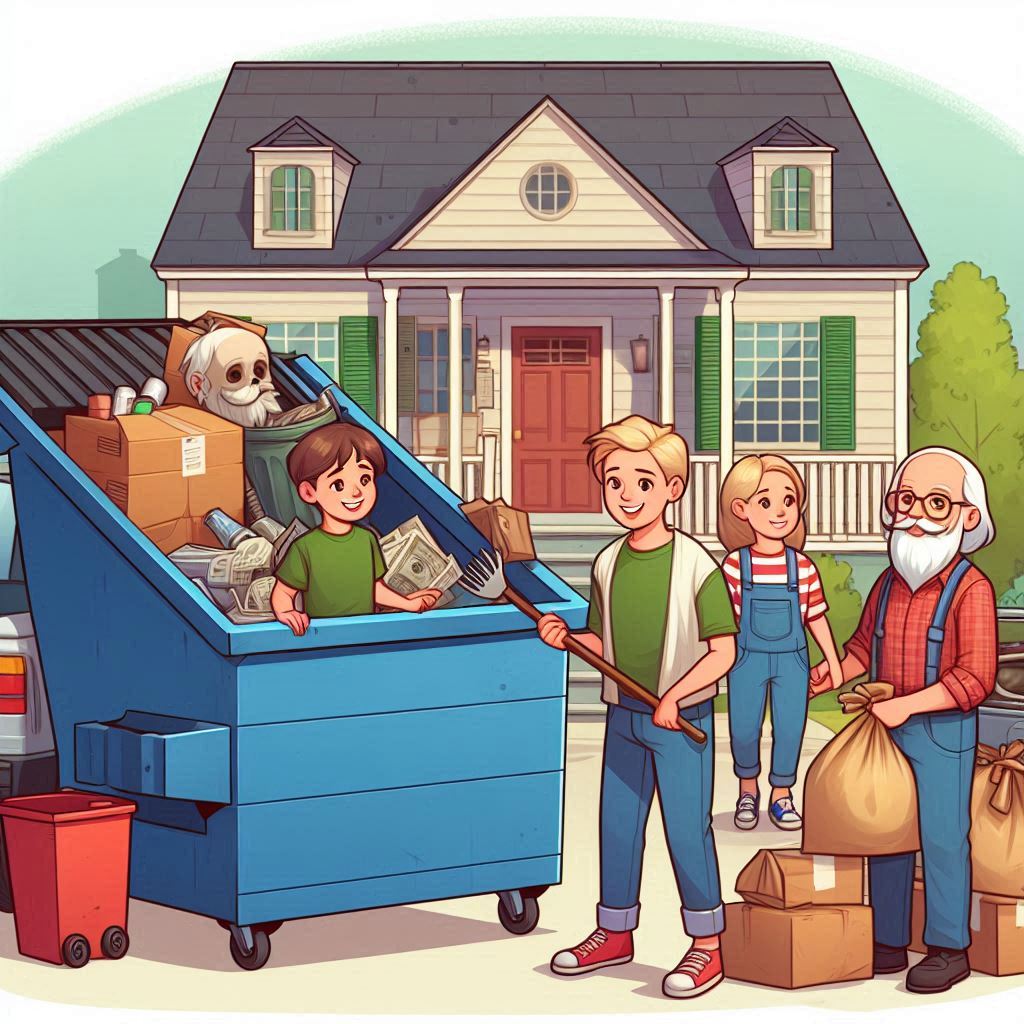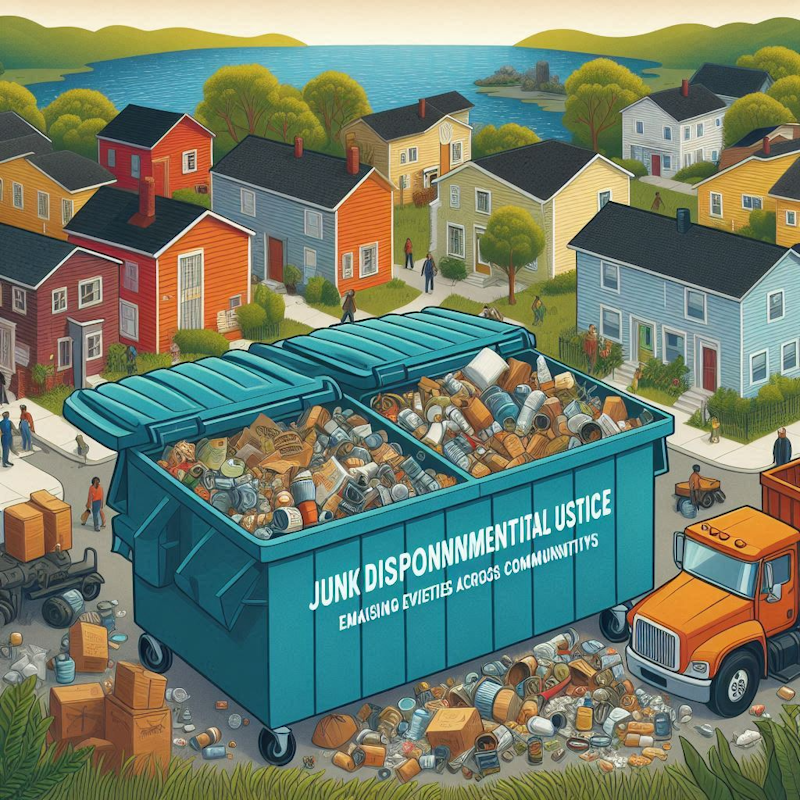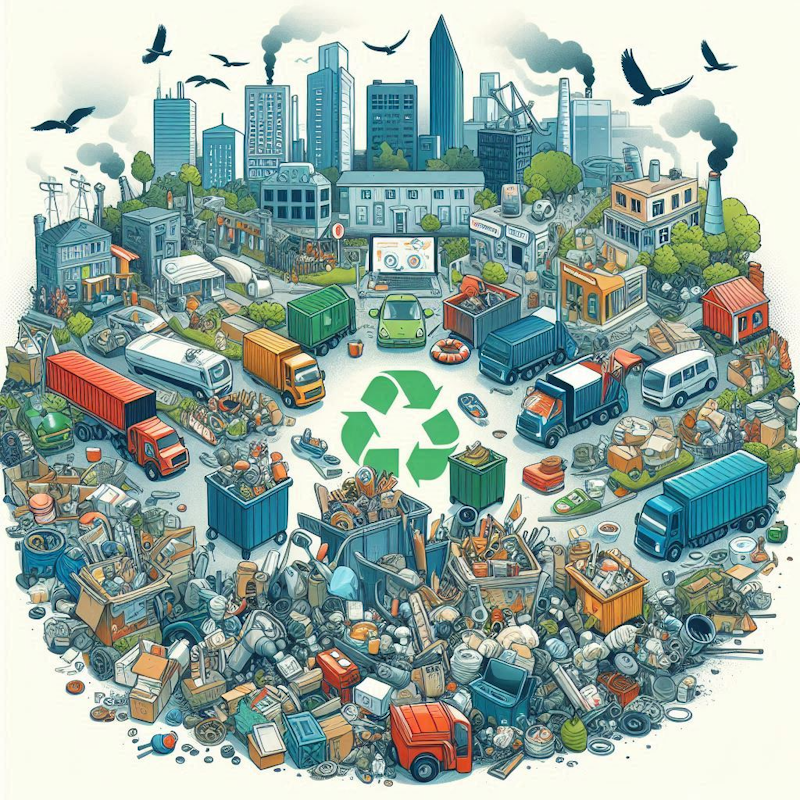Local biowaste management: what can we learn from Florida
Local biowaste management has grown significantly since the 2000s. The EPA has supported and promoted this movement through technical and financial assistance, primarily provided to local authorities. It therefore decided to conduct an evaluation of its intervention program over the period 2010-2022. Here’s a closer look. Waste and Cleanliness Green Spaces and Greening State and … Read more
